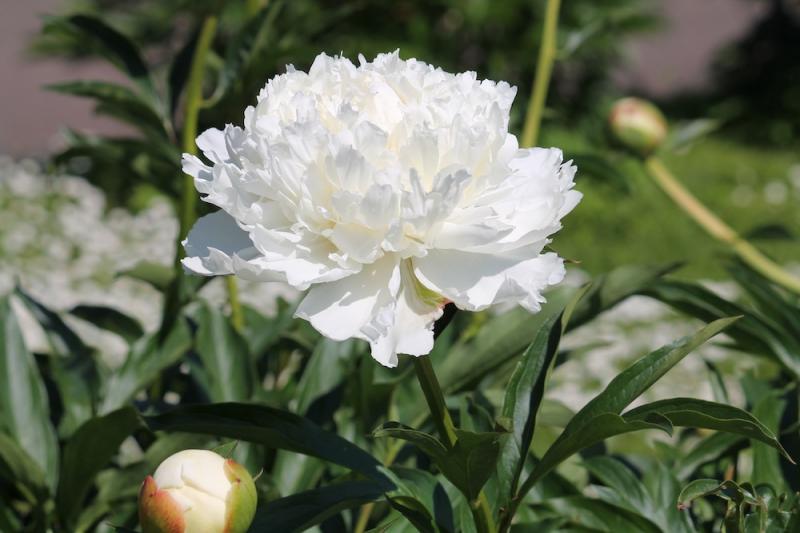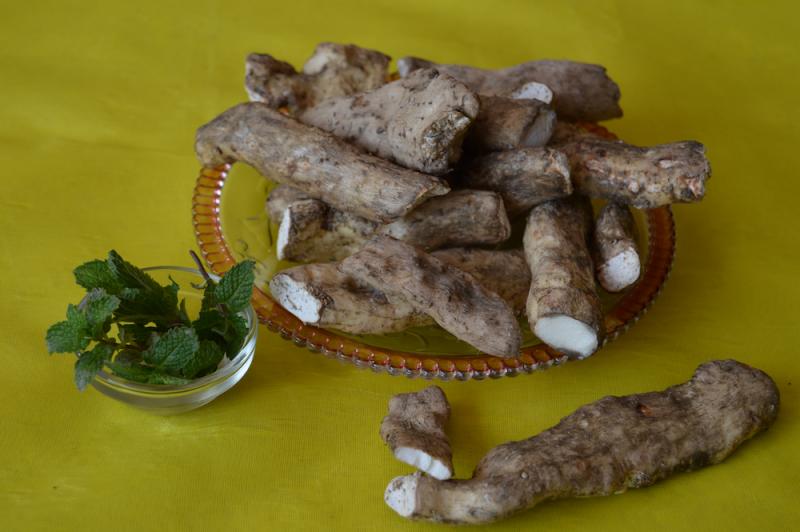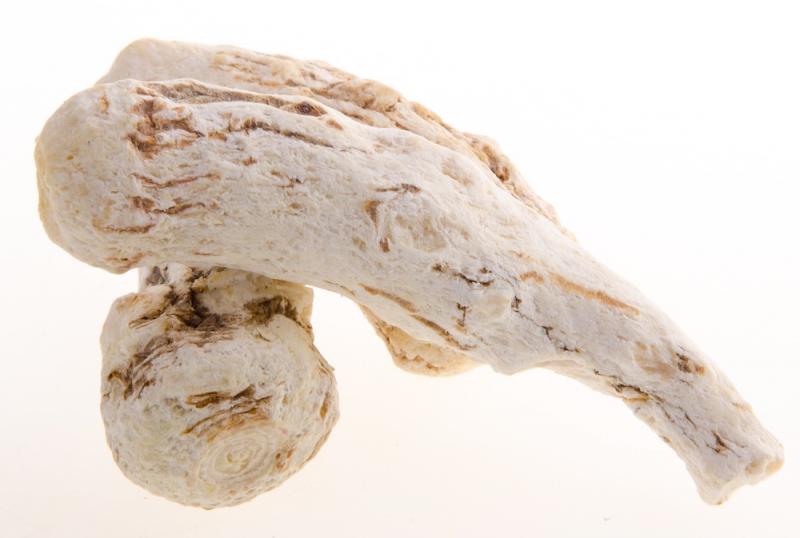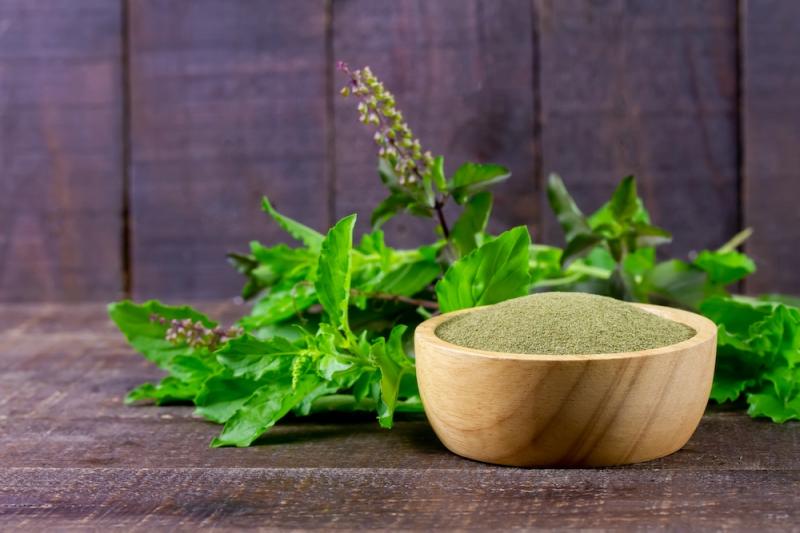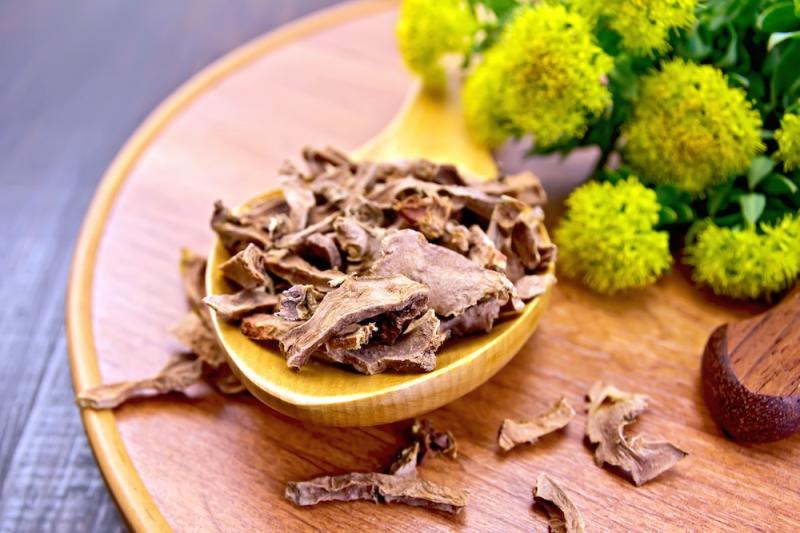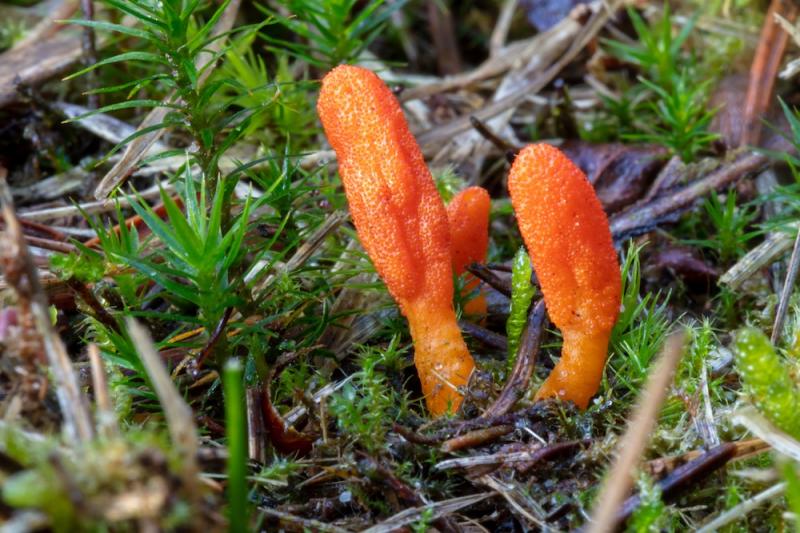- February 28, 2024
White, Red, European and Tree Peony
This family of garden flowers have benefits for the liver, blood, and female reproductive system. Each variety of peony has slightly different properties so it important to know the best one to use.
- February 20, 2024
The Viburnums: Cramp Bark and Black Haw
The viburnums, cramp bark and black haw, are valuable antispasmodics for dysmenorrhea, intestinal cramps, and muscle spasms. They have long been used to treat dysmenorrhea or painful menstruation and have also been used to treat gastrointestinal tract problems like painful intestinal cramps, excess mucus, adult colic, and nervous indigestion.
- February 16, 2024
The Do-Good Patrol
While writing about snowball bush (cramp bark), I was reminded of a night-time escapade from my late teens and I was inspired to share the story. It has nothing to do with herbs or natural healing. But, at the same time, it illustrates why those things are important to me. It started when I heard about some kids sneaking around at night, getting up to various mischief. As a teenager it sounded fun to stay up late at night, but the mischief part held no interest for me. So, I came up with an idea…
- January 29, 2024
Holy Basil
Holy basil is a nourishing adaptogen that is highly valued in Ayurvedic medicine. It is an aromatic herb in the mint family and has many useful immune activities. It can help reduce stress and helps protect the heart and brain.

